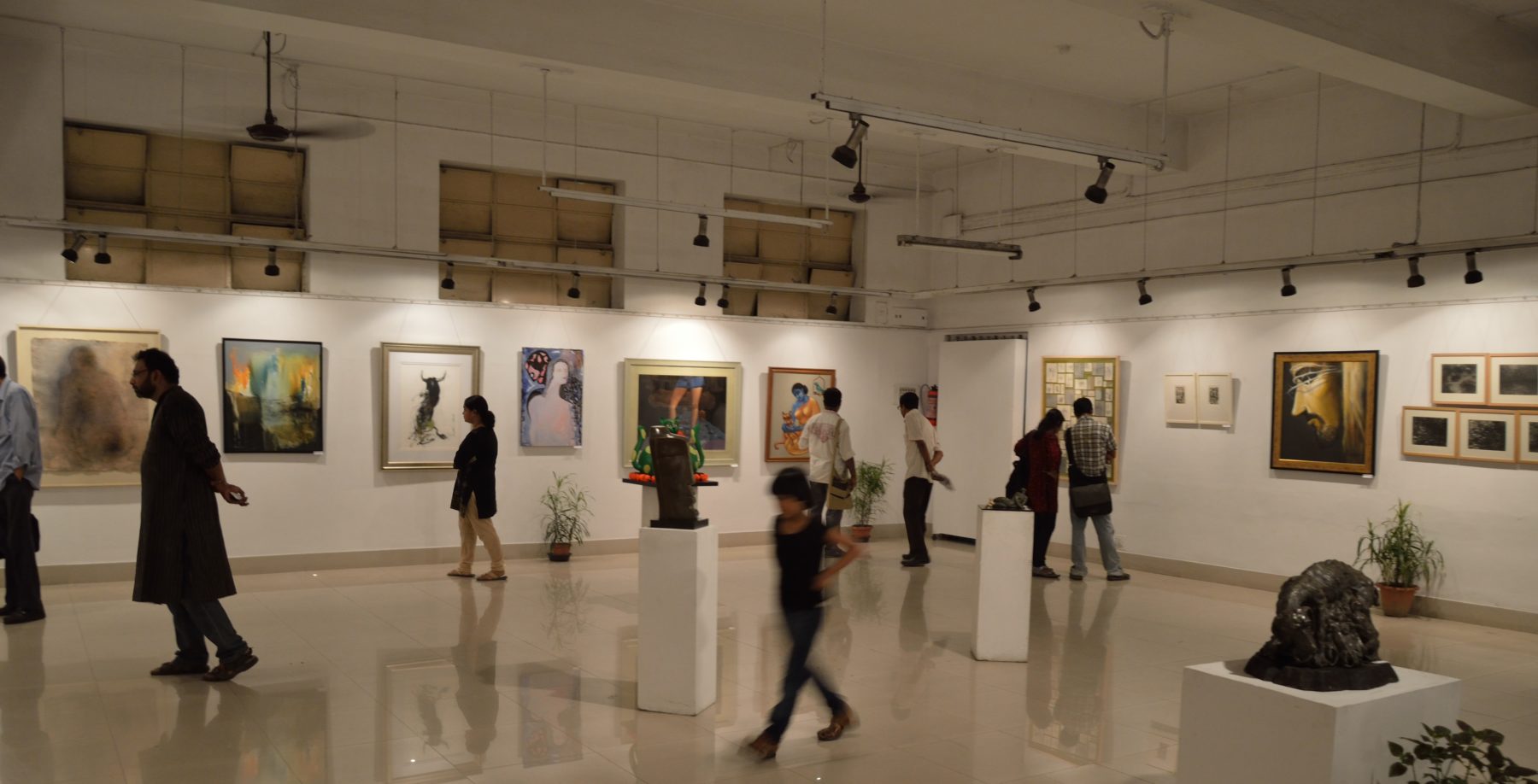1. Andrew Miles and Jill Ebrey. Cultural Trends. “The Village in the City: Participation and Cultural Value on the Urban Periphery.” 2017. United Kingdom.
Drawing on evidence from ethnographic fieldwork conducted in 2014–2016 for the Understanding Everyday Participation (UEP) project, this paper addresses the relationship between space, place and participation in a “suburban village” on the edge of the city of Aberdeen in North East Scotland.
2. Barbara Schaffer Bacon, Pam Korza, Graciela Kahn, and Liz Deichmann. Americans for the Arts. “Programs Supporting Art in the Public Realm.” 2019.
The scan offers snapshots of 28 programs supporting and building capacity for artists to work in the public realm. Detailed summaries from interviews with seven selected programs provide additional insights.
3. Mark J. Stern and Susan C. Seifert. Culture and Social Wellbeing in New York City. “The Social Wellbeing of New York City’s Neighborhoods.” 2017. United States.
This report presents the conceptual framework, data and methodology, and findings of a two-year study of culture and social wellbeing in New York City by SIAP with Reinvestment Fund. Building on their work in Philadelphia, the team gathered data from City agencies, borough arts councils, and cultural practitioners to develop a 10-dimension social wellbeing framework—which included construction of a cultural asset index—for every neighborhood in the five boroughs. The research was undertaken between 2014 and 2016.
4. New England Foundation for the Arts. “Creative City.” 2017. United States.
This report, combined with a series of video profiles, highlights a sample of these inspiring stories and illustrates the transformative power art can play in civic life and the importance of investing in artists as civic leaders. With acknowledgment of the Barr Foundation’s funding and thought partnership, NEFA shares the learnings through the Creative City Report and video series featuring the inspiring stories of the pilot program grantee work.
5. Kiley Arroyo, Mary Ann DeVlieg, Dian Ika Gesuri, and Alma Salem. International Federation of Arts Councils and Culture Agencies. “Artists, Displacement and Belonging.” 2019. Australia.
The report draws on current literature and the experiences of our members around the world, civil society actors and artists, gleaned through a series of interviews. It has been developed in close collaboration with members of the Federation and international colleagues to better understand the needs and aspirations of displaced artists.
